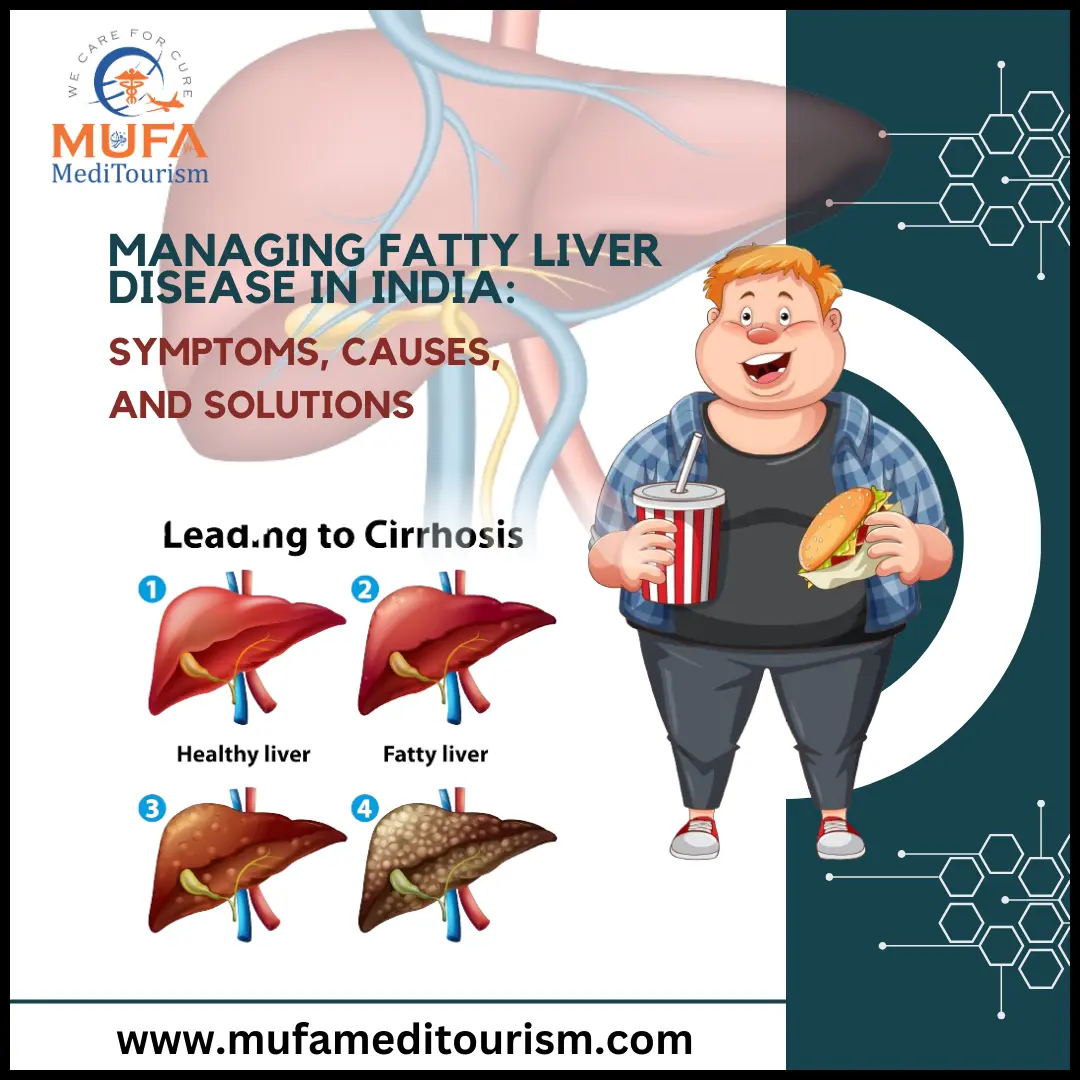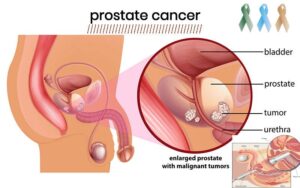Introduction:
Fatty Liver Disease (FLD) is emerging as a significant health issue in India, impacting a substantial portion of the population. This condition, characterized by the accumulation of excess fat in the liver, poses risks of inflammation and scarring if left unchecked. Timely diagnosis and proactive lifestyle adjustments play pivotal roles in mitigating FLD’s effects and averting potential complications. In this extensive guide, we delve into the landscape of FLD in India, encompassing symptoms, root causes, treatment modalities, and available resources.
Understanding Fatty Liver Disease:
The liver, a multifunctional organ, performs crucial tasks like detoxification, protein synthesis, and metabolic regulation. However, FLD disrupts these functions as fatty deposits impair the liver’s efficiency. Non-Alcoholic Fatty Liver Disease (NAFLD) and Alcoholic Fatty Liver Disease (AFLD) represent the two primary variants, with NAFLD being the more prevalent type in India, unlinked to alcohol consumption.
Symptoms of Fatty Liver Disease:
FLD often progresses silently in its early stages, with symptoms manifesting only in later phases. Common indicators include fatigue, unexplained weight loss, loss of appetite, and abdominal discomfort. Recognizing these signs is imperative for early intervention and effective management.
Causes of Fatty Liver Disease in India:
A multitude of factors contribute to the prevalence of FLD in India. Unhealthy dietary habits, characterized by the consumption of high-fat, high-sugar processed foods, are a significant risk factor. Obesity, insulin resistance, type 2 diabetes, metabolic syndrome, and genetic predispositions further compound the issue.
Diagnosis of Fatty Liver Disease:
Diagnosing FLD entails a comprehensive approach, involving a detailed medical history, physical examination, blood tests to assess liver function and detect underlying conditions, and imaging tests such as ultrasound, CT scans, or MRI scans to visualize fat accumulation in the liver.
Treatment Options for Fatty Liver Disease:
While specific medications for FLD are currently unavailable, lifestyle modifications serve as the cornerstone of treatment. Adopting a healthy diet, engaging in regular exercise, and achieving weight loss goals are essential strategies. Mufa MediTourism emerges as a valuable ally in FLD management, offering personalized nutritional guidance, lifestyle coaching, and facilitation of medication management.
Mufa MediTourism: Your Partner in Fatty Liver Disease Management:
As a leading healthcare provider, Mufa MediTourism is committed to assisting individuals in navigating the challenges posed by FLD. Our team of seasoned professionals offers tailored solutions, including nutritional guidance, lifestyle coaching, and medication management support. Moreover, we facilitate access to clinical trials and explore alternative therapies, ensuring holistic care for our clients.
Living with Fatty Liver Disease:
Early diagnosis and proactive management are pivotal in mitigating the impact of FLD and enhancing quality of life. By embracing healthy lifestyle modifications and availing professional support, individuals can effectively manage FLD and lead fulfilling lives.
Additional Resources:
– Indian Association for the Study of the Liver (IASL): Offering valuable insights and resources for liver health management.
– National Institute of Diabetes and Digestive and Kidney Diseases (NIDDK): A trusted source for comprehensive information on liver diseases and associated conditions.
Conclusion:
Fatty Liver Disease presents a formidable health challenge in India, necessitating concerted efforts towards prevention, early detection, and effective management. Through collaborative initiatives between healthcare providers, individuals, and supportive resources like Mufa MediTourism, we can confront this issue head-on and pave the way for healthier futures.




